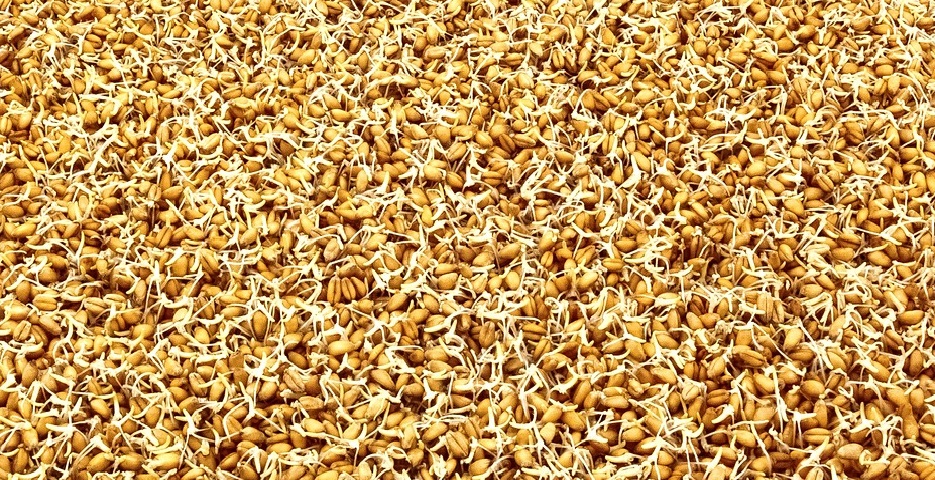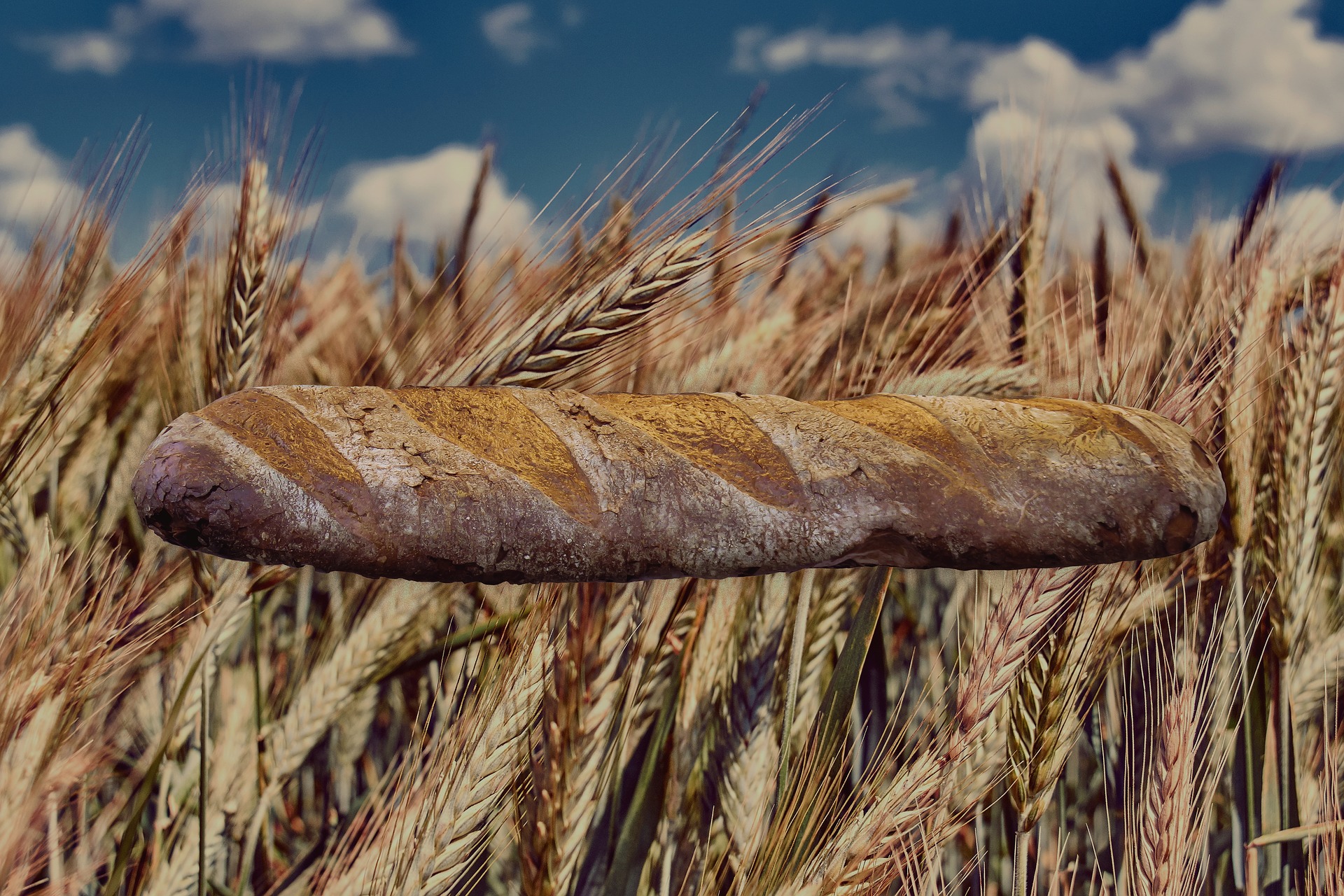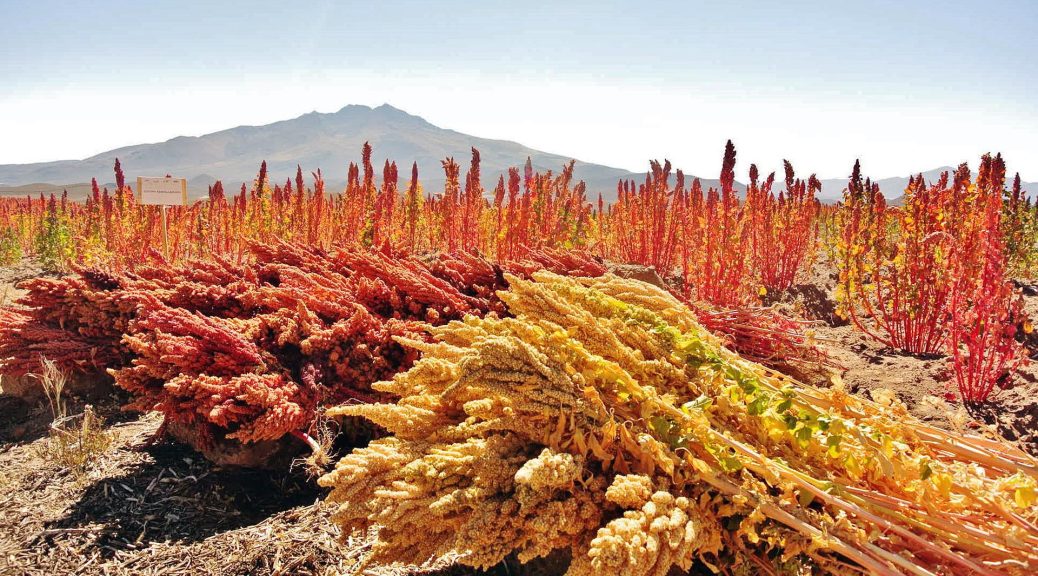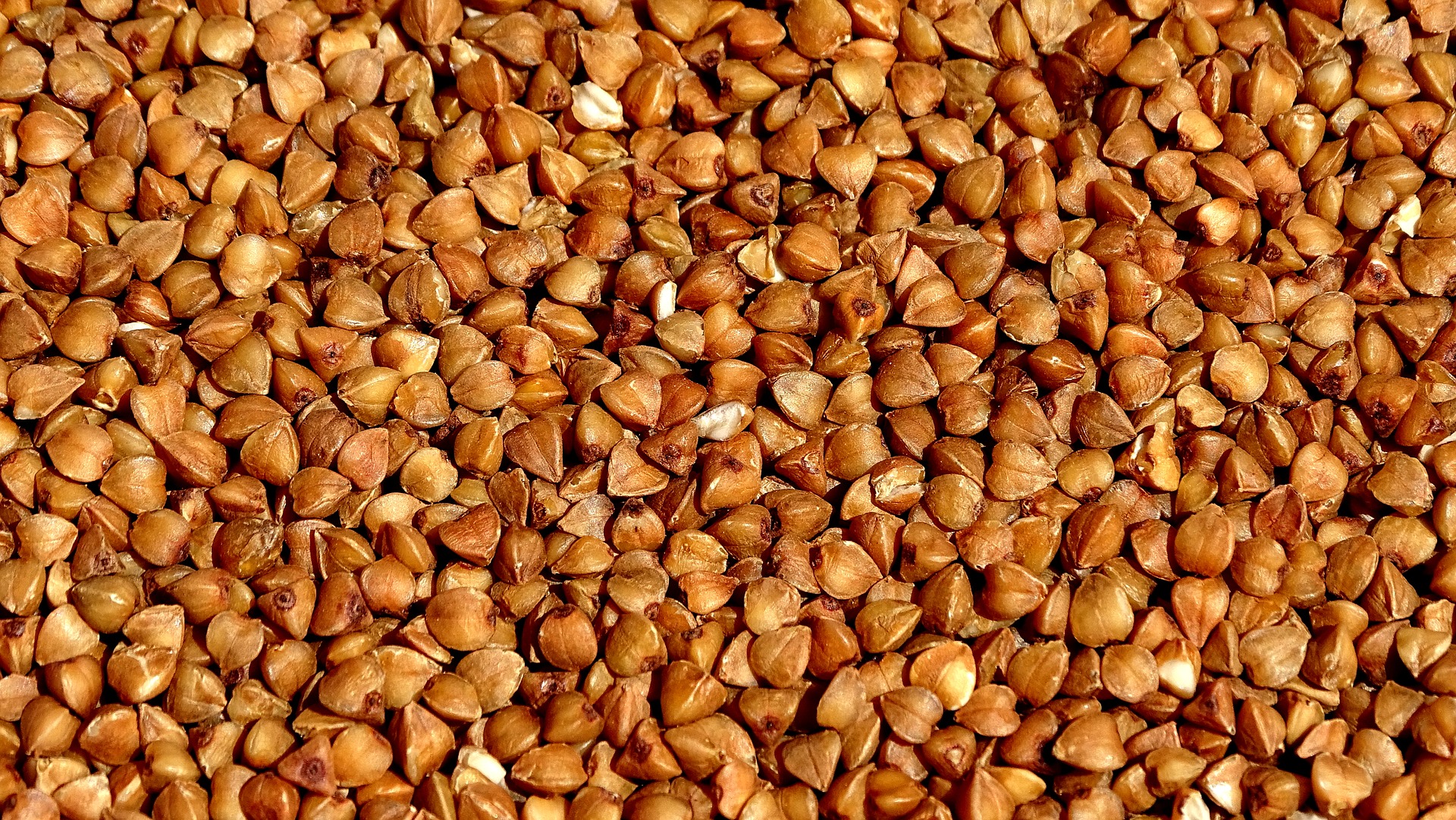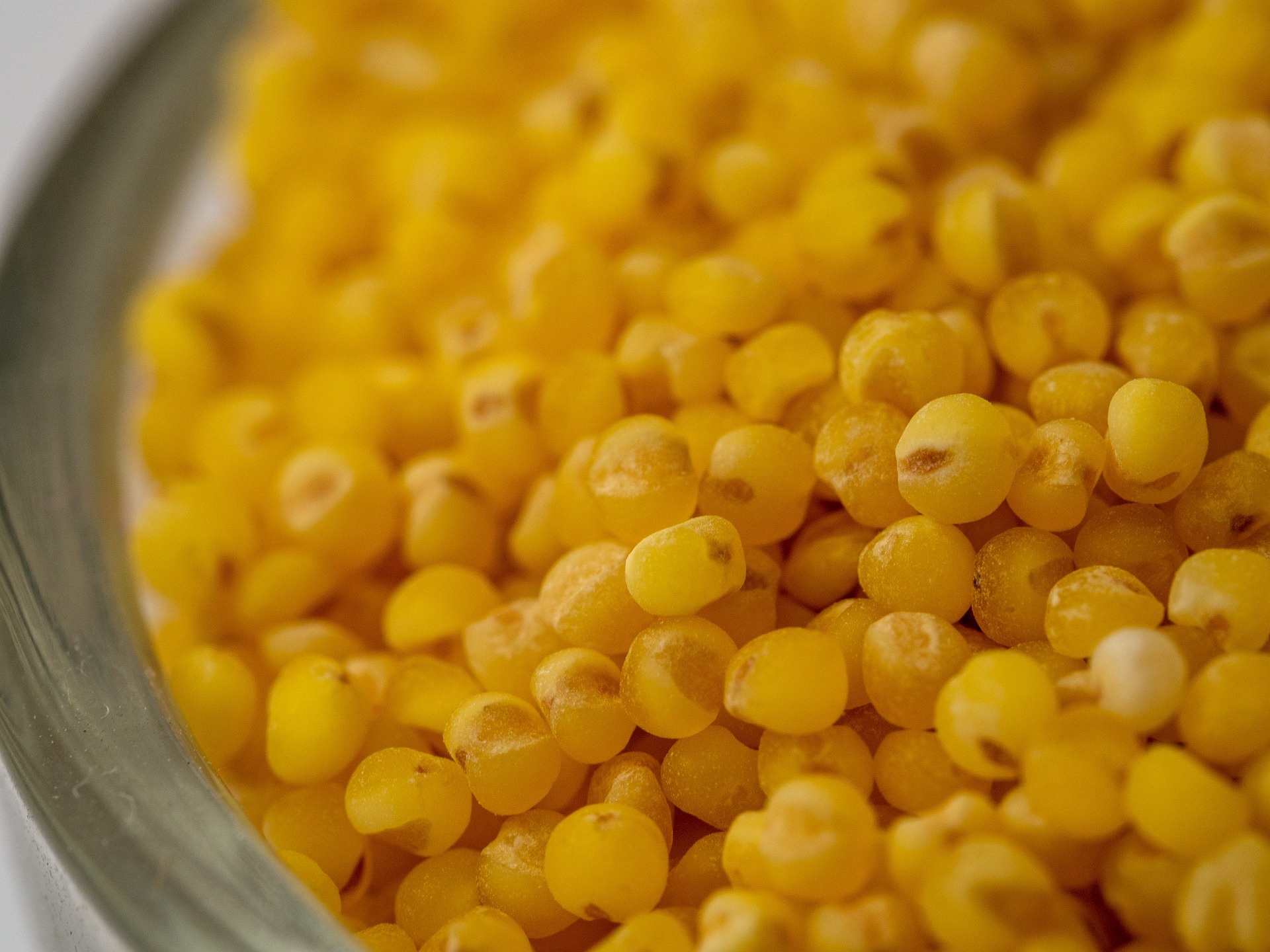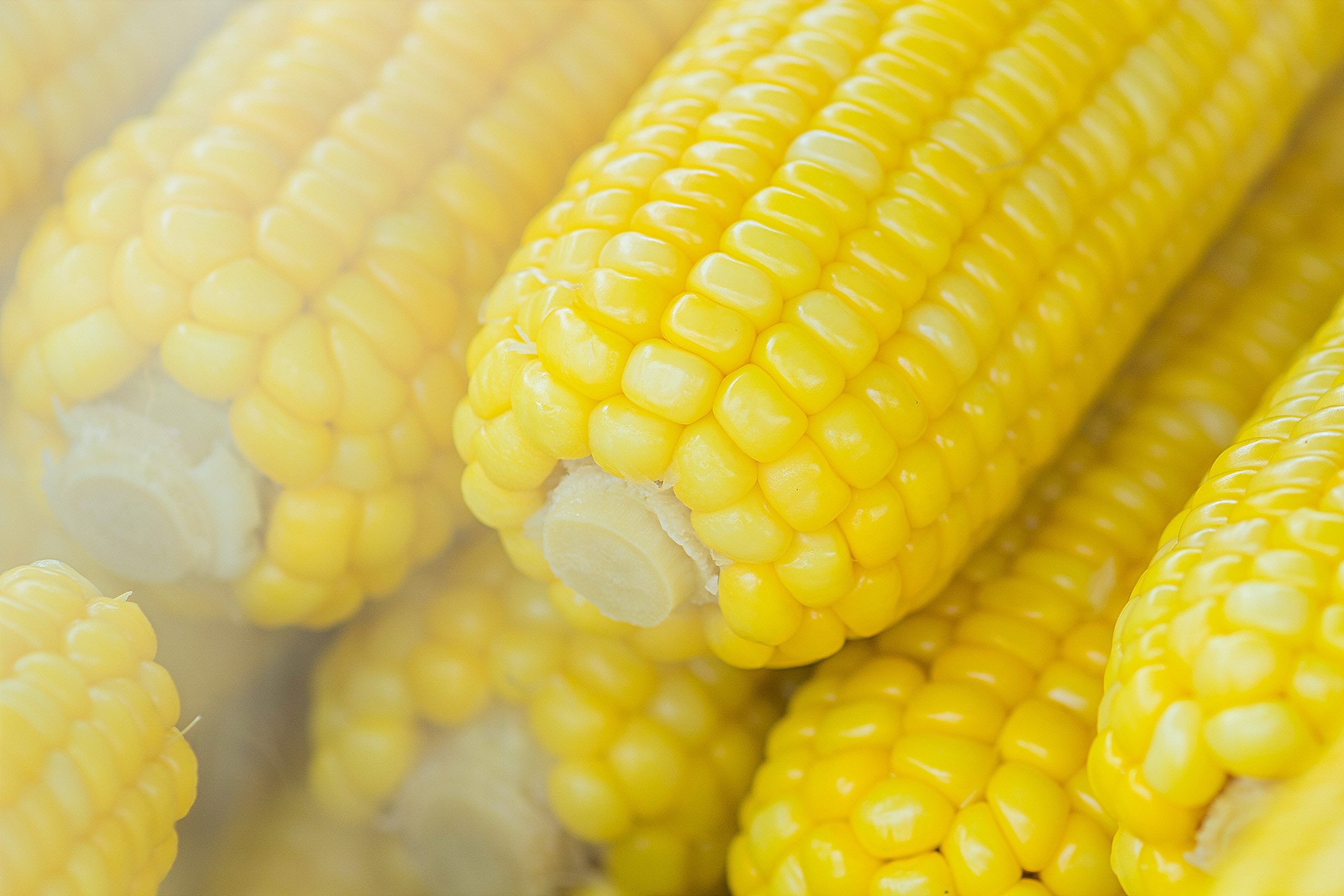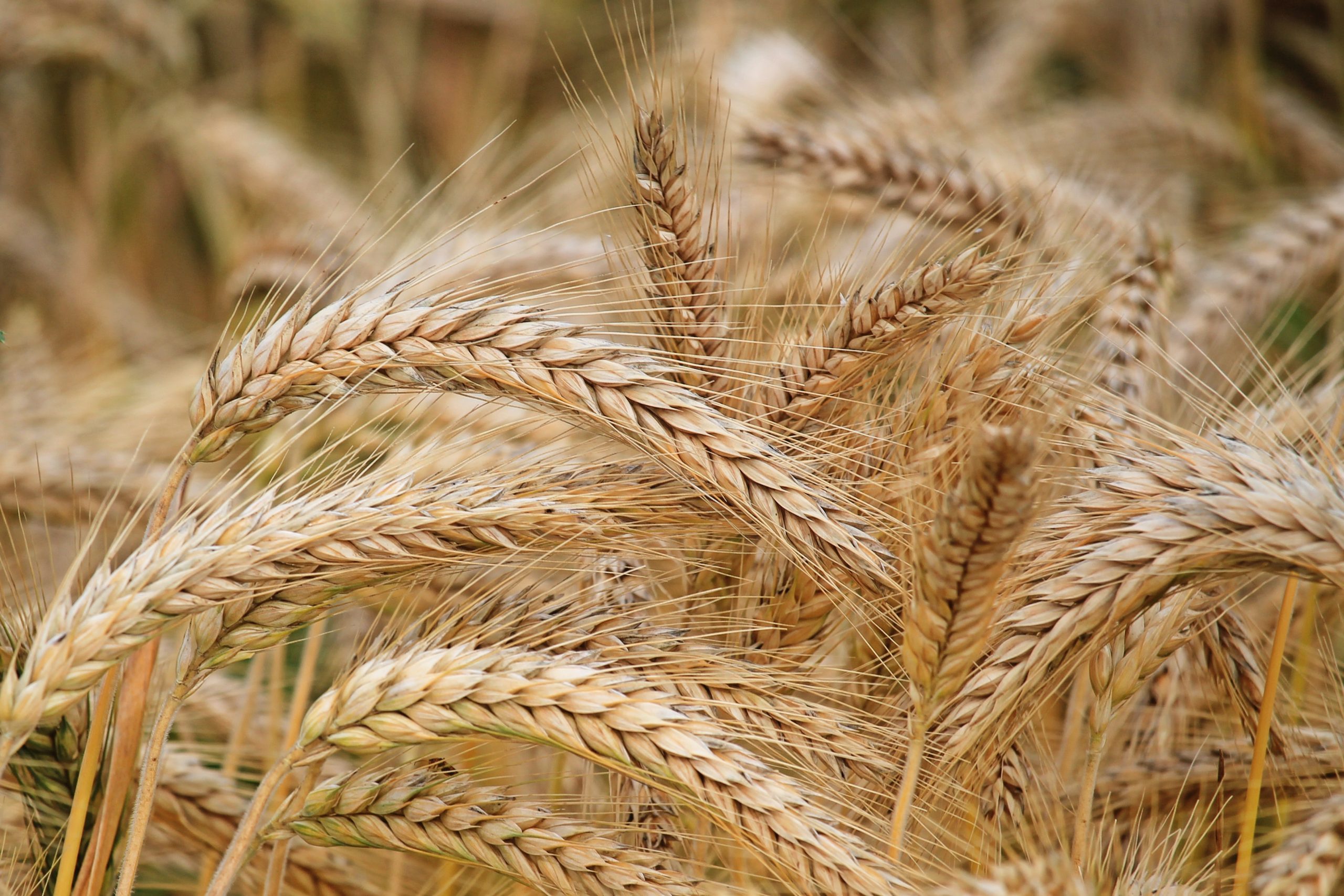Micronized Flours and Protein Concentrates
The particle size of flours depends on the hardness of the grain and the milling system. Generally, softer grains tend to produce finer flours, while harder grains result in coarser flours. However, the milling system can be designed to further reduce particle size. For harder grains, this translates into greater heating of the samples and a higher percentage of damaged starch, especially if the milling system is not well designed. Soft cereals, such as wheat and rye, typically produce white…

